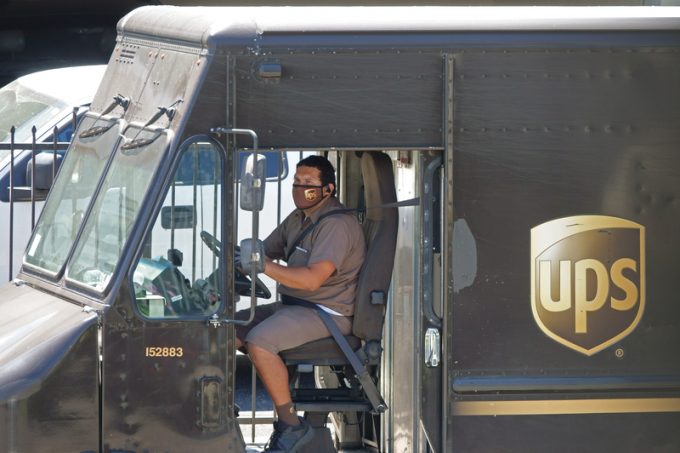News in Brief Podcast | Week 31 | De minimis, tariff talk and Q2 earnings
In this week’s episode of The Loadstar’s News in Brief Podcast, the team recaps this week’s supply ...

Despite the near implosion of its B2B traffic in March, UPS suffered only mild damage from the pandemic on its balance sheet for the first quarter.
Net income sank from $1.11bn in the first quarter last year to $965m, which sent diluted earnings per share down ...

Comment on this article